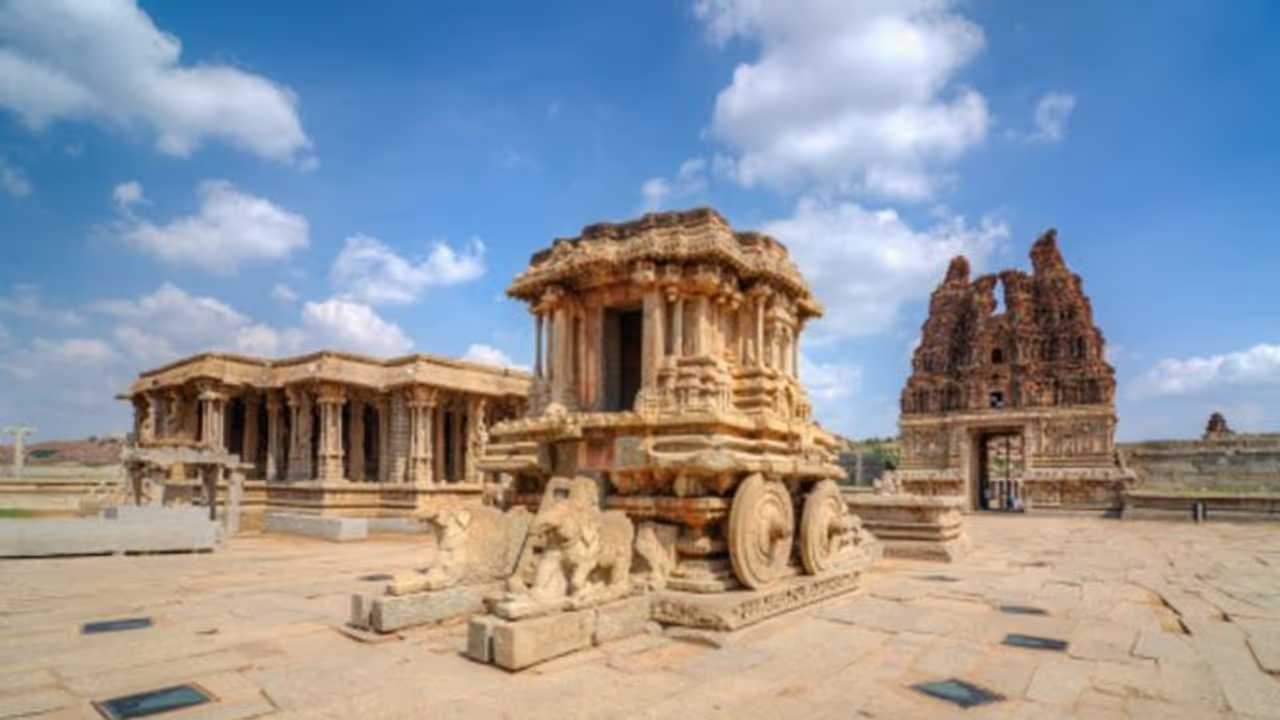A visit to Hampi is not merely a trip through ancient ruins; it's a journey through time, an exploration of a once-thriving empire now frozen in stone.
Nestled along the banks of the Tungabhadra River in the heart of Karnataka, Hampi stands as a testament to the grandeur of a bygone era. This UNESCO World Heritage Site, with its sprawling ruins and majestic temples, is a treasure trove of history and architectural brilliance waiting to be explored. Join us on a journey through the ancient city of Hampi as we peel back the layers of time, discovering the fascinating stories etched in stone.
The Grandeur of Vijayanagara Empire
Hampi, once the capital of the mighty Vijayanagara Empire, flourished during the 14th to 16th centuries. The city was a thriving center of art, culture, and commerce, attracting travelers and traders from distant lands. As you wander through the vast archaeological site, the remnants of this once-magnificent empire come to life in the form of intricate carvings, soaring pillars, and majestic structures.

Virupaksha Temple: The Heartbeat of Hampi
At the heart of Hampi lies the Virupaksha Temple, dedicated to Lord Shiva. As the oldest functioning temple in the region, it stands as a living testament to the continuity of worship that has persisted for centuries. The temple's towering gopuram (entrance tower) and ornate courtyards offer a glimpse into the architectural brilliance and religious fervor of the Vijayanagara era.
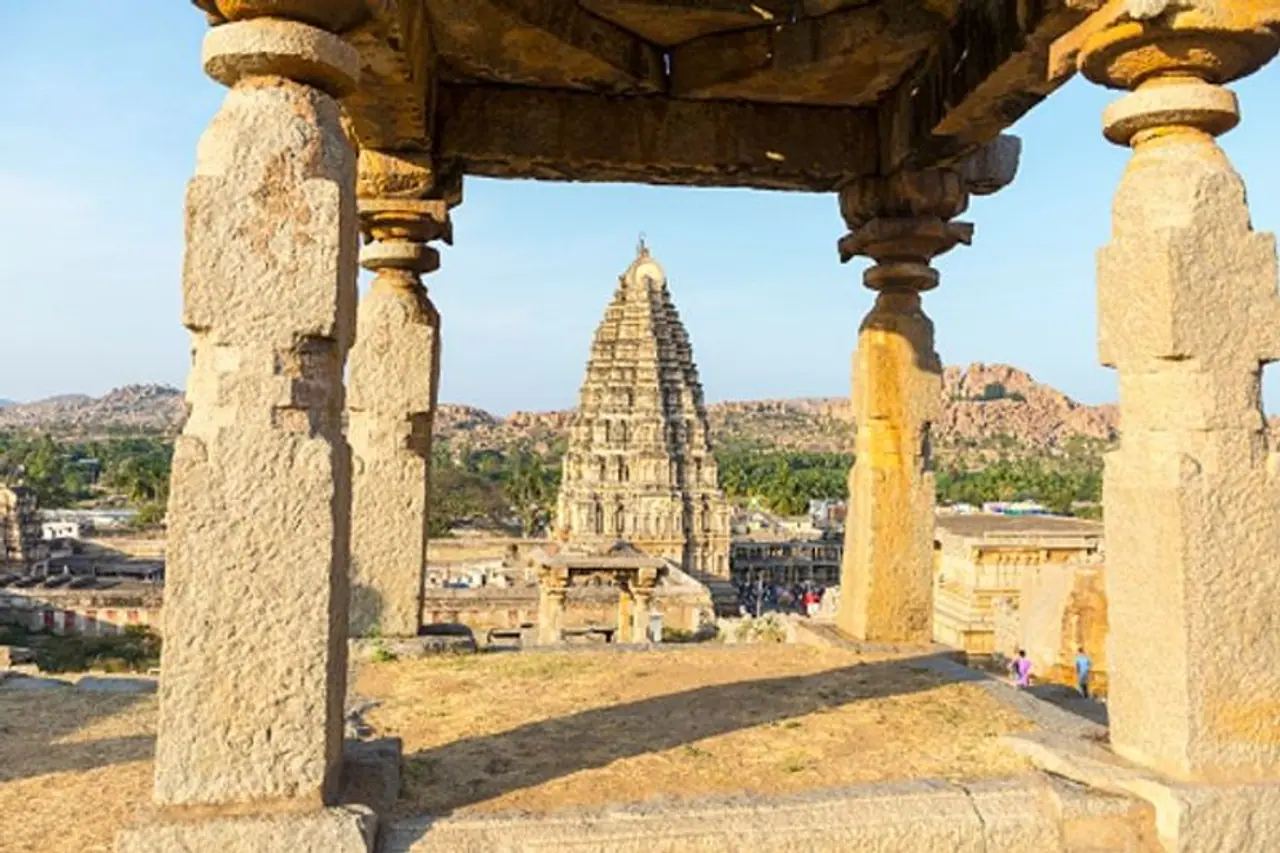
Vijaya Vittala Temple: A Symphony in Stone
Venture further into the ruins, and you'll encounter the iconic Vijaya Vittala Temple, renowned for its incomparable architectural beauty. The highlight of this temple is the Stone Chariot, a mesmerizing sculptural marvel that has become an enduring symbol of Hampi. The musical pillars within the temple complex produce enchanting sounds when struck, creating a melodic ambiance that adds to the site's mystical charm.
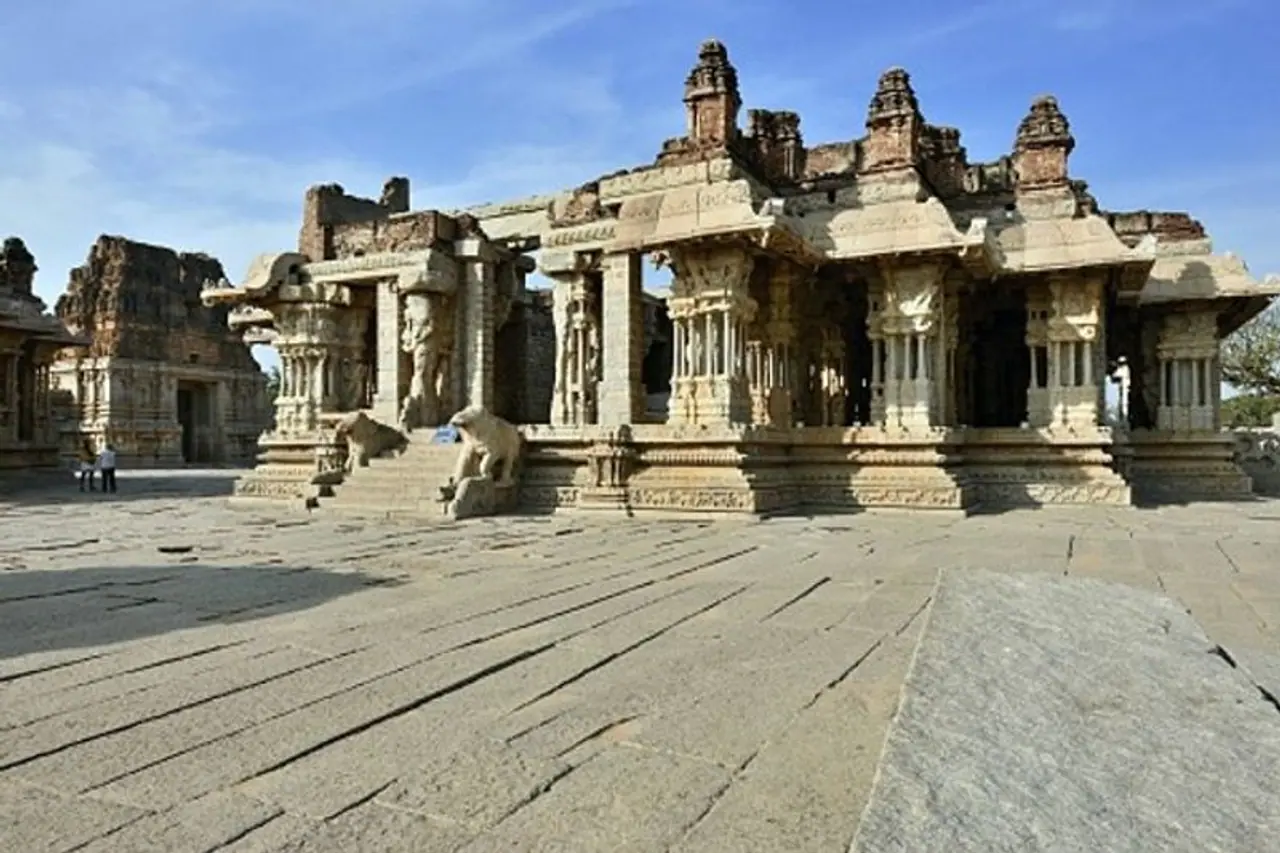
Royal Enclosures and Lotus Mahal
As you explore the royal quarters of Hampi, the remnants of the once-majestic structures unfold before you. The Royal Enclosures, adorned with ornate platforms, aqueducts, and ceremonial halls, offer a glimpse into the regal lifestyle of the Vijayanagara kings. Nearby, the Lotus Mahal, an architectural gem, showcases a blend of Islamic and Hindu design elements, reflecting the multicultural influences of the Vijayanagara Empire.
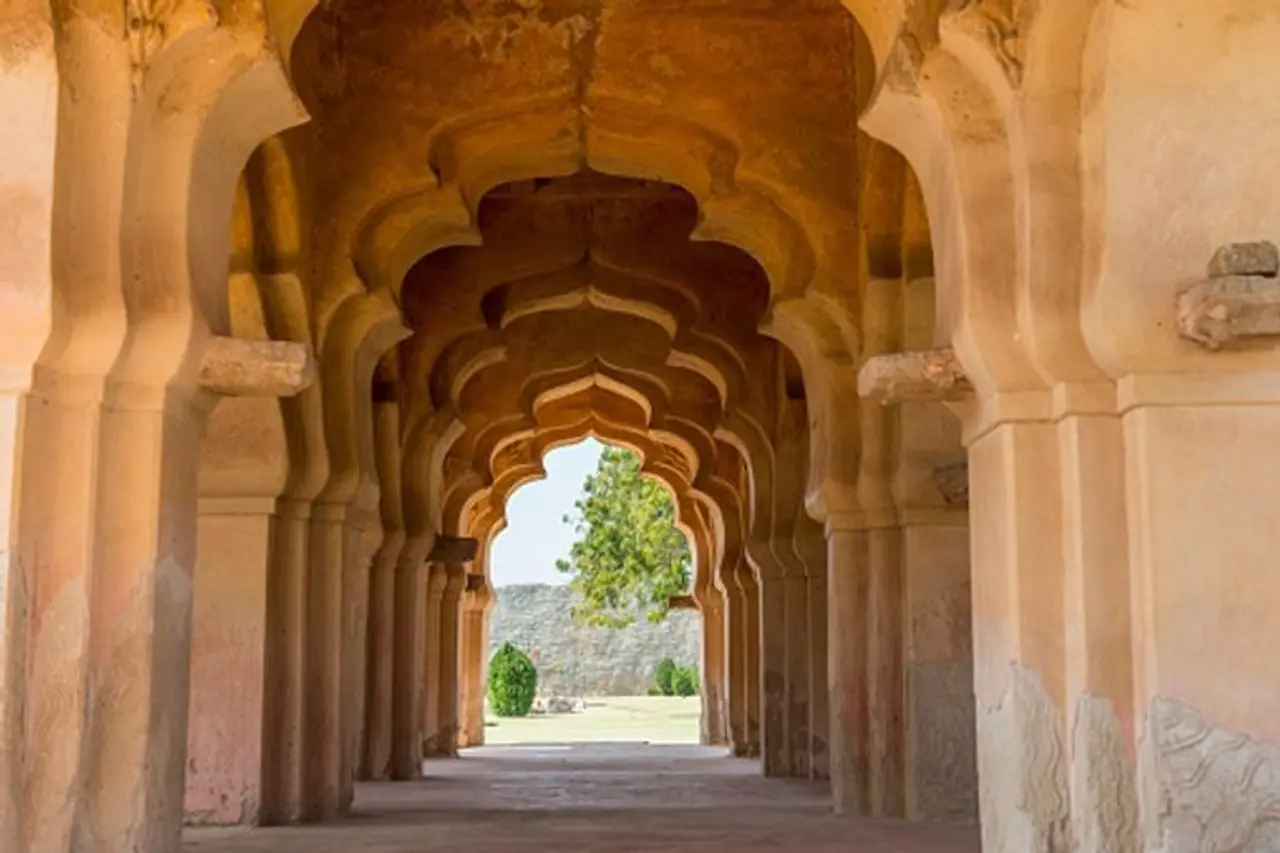
The Matanga Hill Sunset: A Spectacle in Stone
For a panoramic view of the ancient city and its surrounding landscapes, embark on a trek to Matanga Hill. As the sun begins its descent, casting a warm glow on the boulders and ruins below, you'll witness a mesmerizing sunset that paints the sky in hues of orange and pink. The experience is not only a visual delight but also a moment of contemplation, connecting you to the timeless spirit of Hampi.
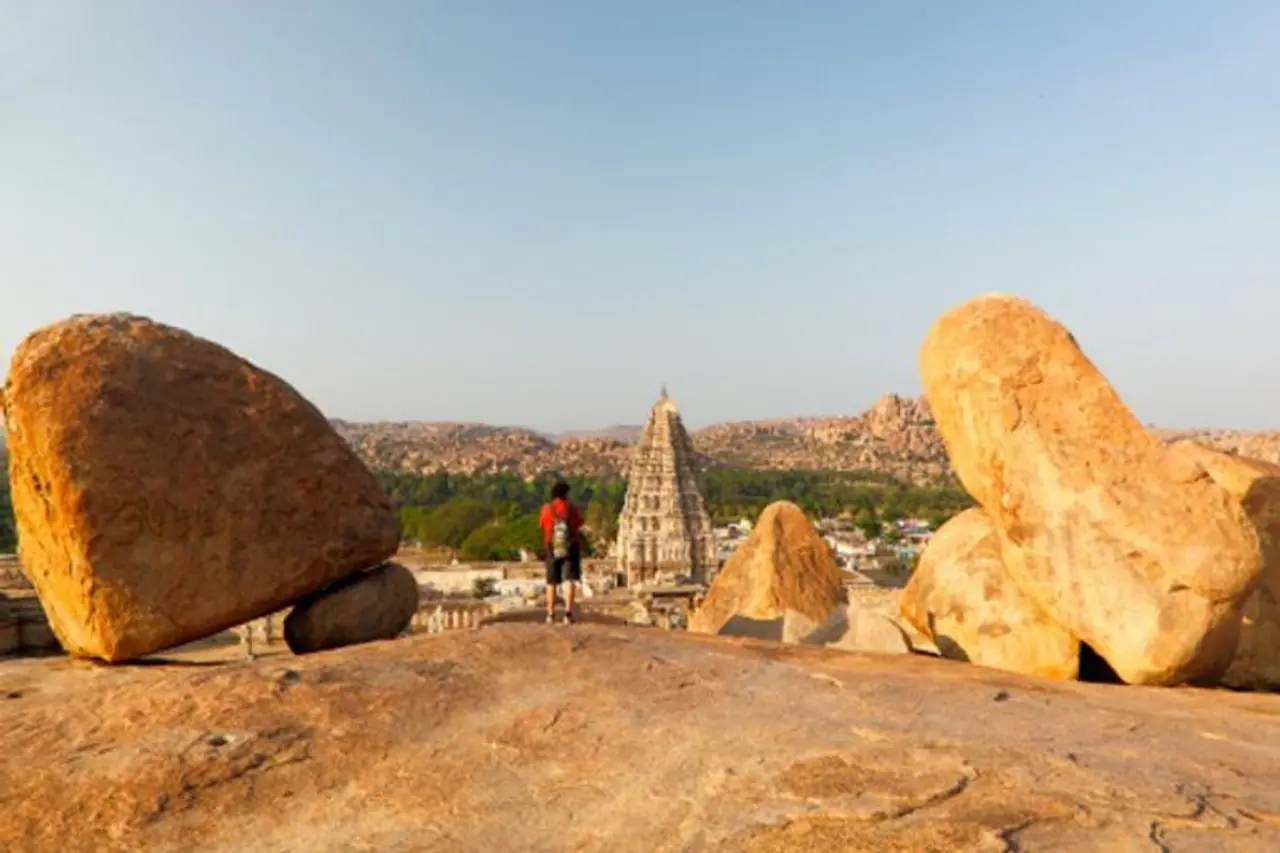
Practical Tips for Exploring Hampi
Comfortable Footwear: The expansive site requires a fair amount of walking, so wear comfortable footwear to explore the ruins.
Guided Tours: Consider hiring a knowledgeable guide to provide insights into the history and significance of each monument.
Hydration: Carry sufficient water, especially during the warmer months, to stay hydrated while exploring the vast archaeological site.
Sun Protection: Given the open landscape, bring sunscreen, a hat, and sunglasses to shield yourself from the sun.
In conclusion, a visit to Hampi is not merely a trip through ancient ruins; it's a journey through time, an exploration of a once-thriving empire now frozen in stone. Each pillar, carving, and structure in Hampi tells a story of architectural brilliance, cultural diversity, and the enduring spirit of a civilization lost in the sands of time. As you wander through this archaeological wonderland, you'll find yourself immersed in the whispers of a bygone era, where history and architecture merge to create an experience that transcends the boundaries of time.
